The 16 days of Activism Against Gender-Based Violence is a global campaign which runs from the November 25 up until International Human Rights Day.
The theme of this year’s campaign focuses on the investment needed from governments across the world to not just mitigate the effects of violence against women, but prevent it too.
This might be an annual international campaign, but we don’t have to look too far beyond our own towns and cities to see why it is so necessary.
Just take a quick look at the court reporting on The Courier website on any given day and you can see all the ways in which the violence and abuse of women continues to blight our communities.
In the last seven days alone, there are plenty of examples to choose from.
List goes on and on
You’ll find a story about a 50-year-old put on the Sex Offenders Register after sending intimate images of himself to somebody he believed was a 12-year-old girl.
There is a report about an Angus man who raped two women and was jailed for nine years.
A Dunfermline man who followed and exposed himself to two women and a 12-year-old girl was placed on a curfew.
It goes on and on.
A Fife man who created a hole in a bathroom door to spy on a young woman was placed on the Sex Offenders Register for five years.
And a special investigation revealed the tragic story of Michelle Lizanec, a Tayside woman who was murdered by her husband after enduring years of psychological and emotional abuse.
There is something quite horrifying about the range and regularity of offences perpetrated against women and children, by men, that we see reported week after week.
These last seven days weren’t an anomaly. This wasn’t a particularly bad week for women at the hands of men.
Next week, there will be more stories about more attacks, more violence, more trauma.
One of the worst things about it is that it’s all so depressingly normal and routine.
Tackling long-standing problem
These stories of harm done by men to women encompass everything from incidents of indecent exposure and street harassment, to sexual violence, domestic abuse and even murder.
Over the next few weeks women’s organisations across Scotland will turn their focus towards what more needs to be done to tackle this long-standing and ongoing problem.
These are big questions that don’t have one single answer.
More investment in services that support women who have experienced abuse and violence would be a start.
But given the scale of the challenge we clearly need to look at the culture that allows this kind of behaviour to take root in the first place, too.
Beyond the big front-page stories of violence against women that are so shocking and gruesome that they capture the nation’s attention, there are a hundred other incidents being dealt with by the courts and many more that are being endured behind closed doors.
I don’t have the answer to stopping this industrial-scale harm in its tracks.
But I do have the same question that every other women has pondered at some time or another: how bad does it have to get before we finally make progress in ending the scourge of violence against women once and for all?
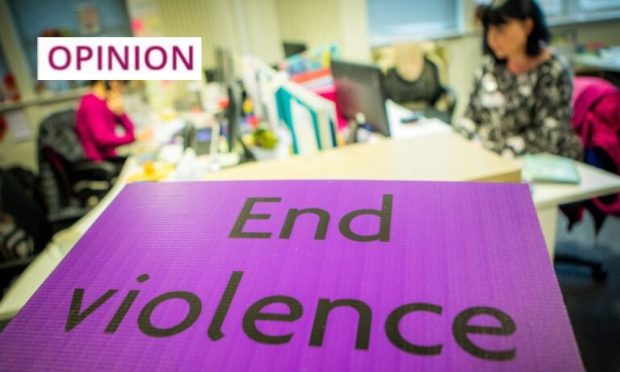
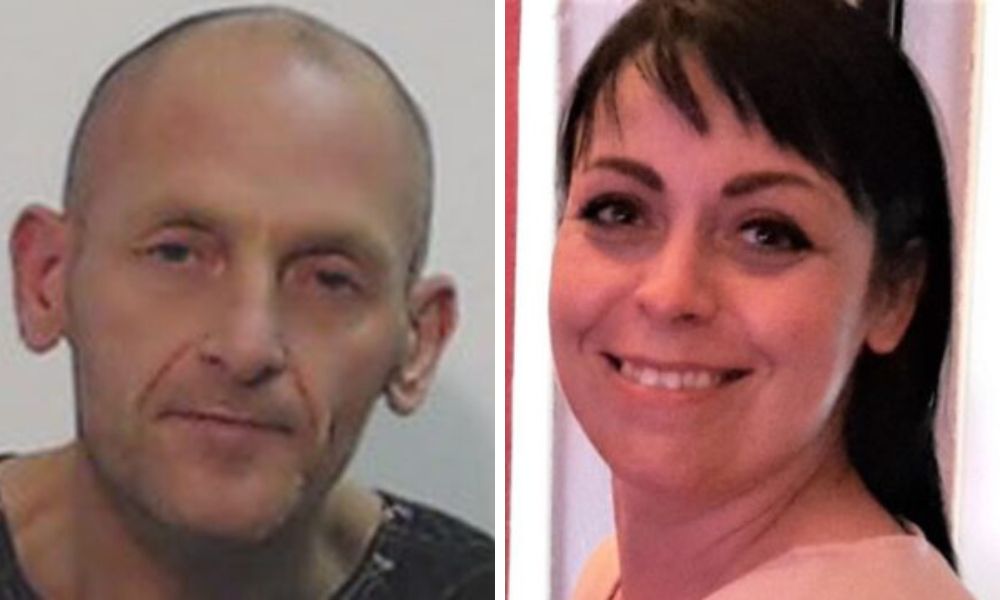

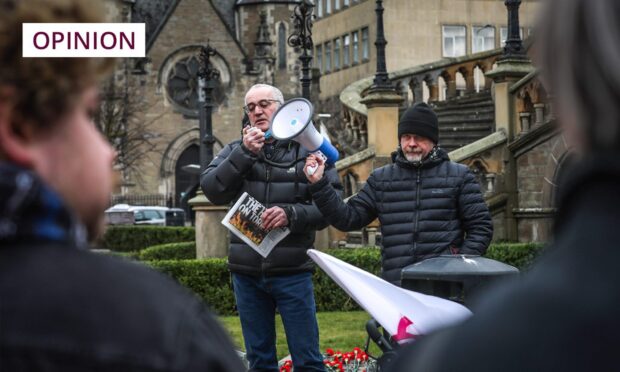



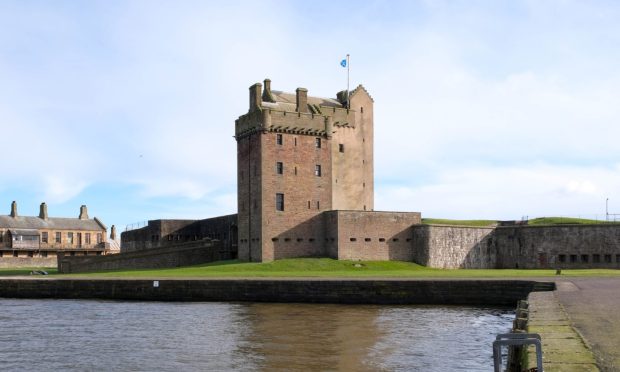
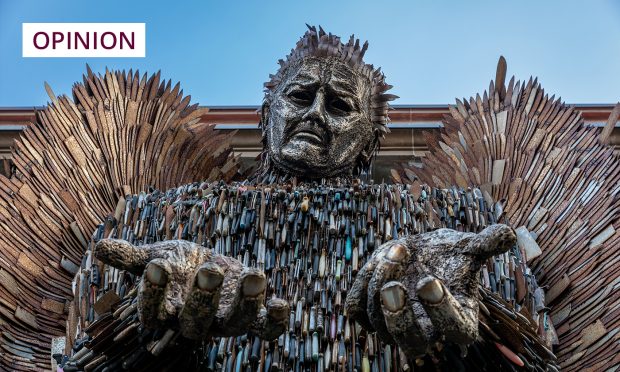

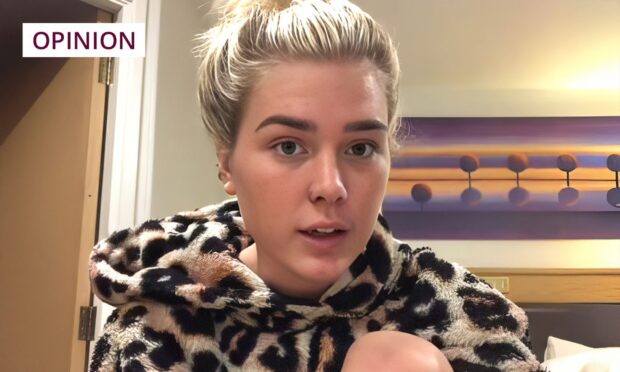
Conversation